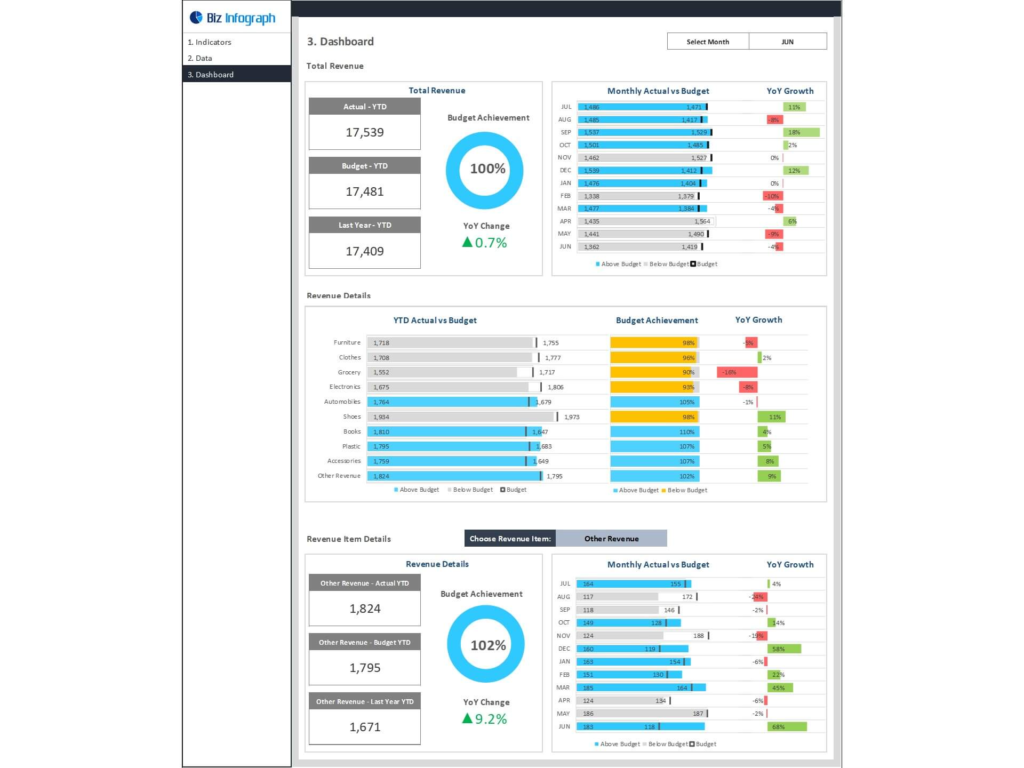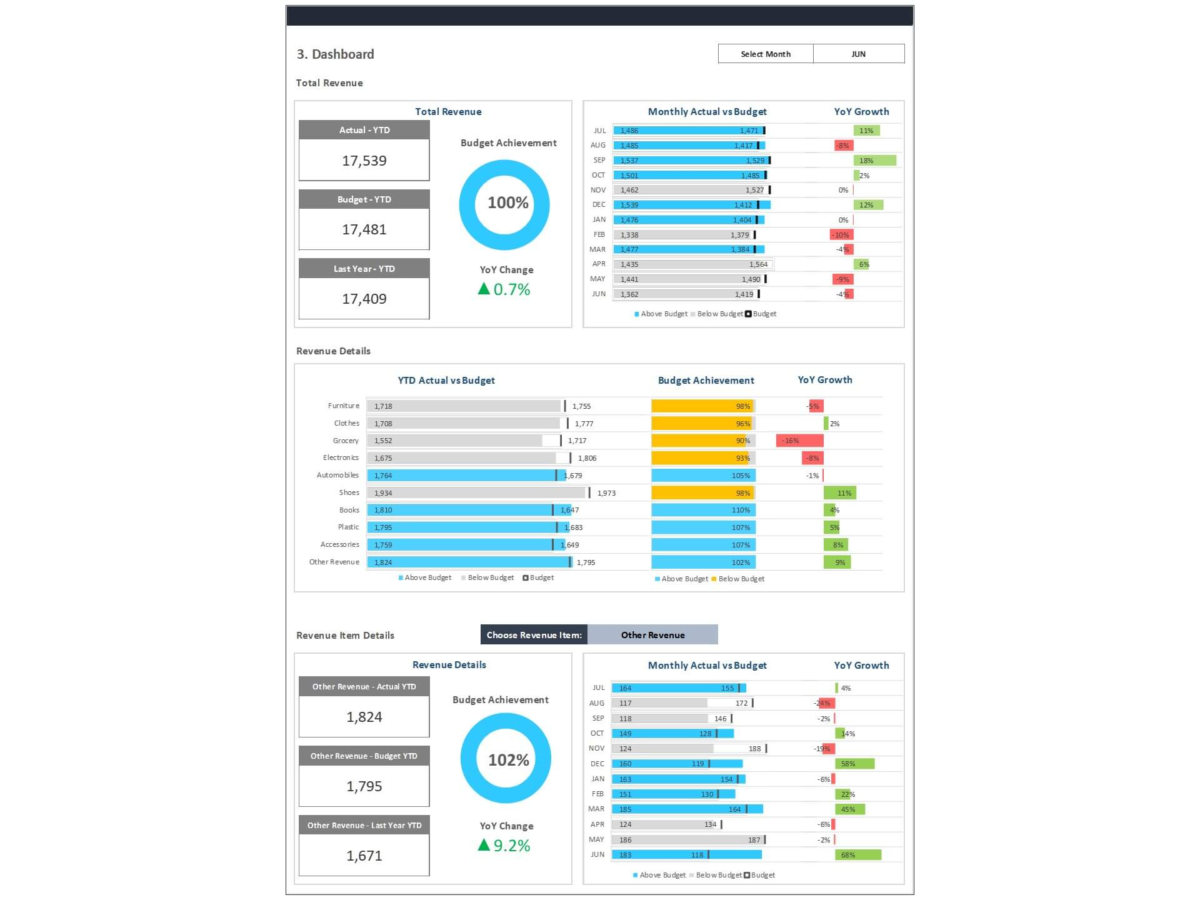Setting a sales budget before the season doesn’t only help set business goals but also assists with measuring team performance over time and dictate expenses. Preparing one can seem daunting, but it doesn’t have to be with our sales budget template.
Here’s a step-by-step guide that’ll help you get started with your sales budget.
1. Select A Timeframe For The Budget
This is the first step in creating a sales budget. The sales budget is usually considered annually, but it might not cover minute details that a quarter or monthly budget would otherwise. So consider all these factors and decide on a timeframe before creating a sales budget.
2. Gather Sales Prices
Pricing is the next essential component in deciding your sales budget. The only way to predict revenue is by knowing how much each unit of your product will cost. So you need to pen this down right from the start. And if there’s a chance of cost fluctuation in the market, then take this factor into account from the beginning.
3. Look At The Historical Sales Data
Analyzing historical sales data can help you figure out what you can expect from your overall sales and any possible trends that may be able to help you this year. You can pull a previous record of your sales from the exact timeframe that aligns with your current one and look at the numbers to set expectations for the coming year.
4. Consider Industry Benchmarks
You can get an overall idea of where your competitors stand by looking at their sales data that might be available publicly. The U.S. Bureau of Labor Statistics offers financial data for various businesses. If you’re a new business without historical sales data, this step can be extremely valuable for you.

5. Factor In Market Trends
Although looking at historical sales data might give you an idea of a few sales trends, you still need to look at the market within your industry to find more trends and factors, such as seasonality. Look at how your company has changed over the past couple of years and compare it to the market trends.
6. Evaluate Your Sales Number
Potential customers are one of the most important factors that’ll help you set your sales expectations. Look at the number of potential customers that reps converted into sales. Compare how your current sales funnel looks against historical sales numbers.
7. Create Your Sales Budget
You’ll have various meaningful insights to build your sales budget by this point. Ensure to review your budget at different points during your sales period to track your team’s performance. And if you feel like it requires a few changes, then feel free to adjust it.
Sign Up For Sales Budget Dashboard
If you want to track all the essential sales KPIs and improve your sales team’s efficiency, Biz Infograph can help you. We offer various dashboards, including sales budget dashboards, custom dashboards, inventory dashboards, HR training dashboards, accounts receivable dashboards, financial dashboards, and reporting templates, among many others.
Sign up today and learn more about what they have to offer!
